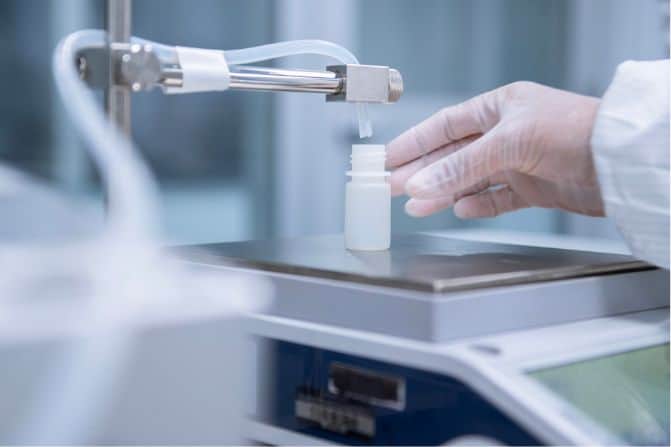Note: This post has been updated – click here to read.
In 2008-2010, the economic downturn in biotech wreaked havoc on the unprepared industry. Fast forward a decade, and even though 2018 set a record in industry venture capital with over 700 deals and $17B funded, caution is in the air. Uncertainty exists over continuing China and foreign market participation (involved in over half of the biotech ventures in 2018) and biotech stocks took a beating in Q4, highlighting increased market volatility. It is possible that we are approaching another economic depression for biotechnology. If a period of belt-tightening is due, it would be wise to devise strategies now to survive an economic downturn in biotech. Let’s look at the lessons learned from the worst economic crisis in biotech.
It would be wise to devise strategies now to survive an economic downturn in biotech.
What happened in the worst economic crisis in biotech?
The crisis began outside the biopharma industry in 2007, starting with the savings and loan collapse in the subprime mortgage market. It spread contagiously and overwhelmed underwriters such as Lehman Brothers in September 2008, setting off the Great Recession where capital and liquidity evaporated. In the eight months between September 2008 and April 2009, 120 biotech and pharma companies announced restructuring plans and seven filed for bankruptcy. In the first four months of 2009, over 42,000 industry jobs were cut. Smaller companies were hit first and hardest, but eventually the crisis spread to larger pharmaceutical companies with layoffs at AstraZeneca, Pfizer, Roche and more.
In eight months 120 biotech and pharma companies announced restructuring plans and seven filed for bankruptcy.
The most immediate response to the economic downturn in biotech was to slash R&D spending (particularly in early stage programs), conserve cash, and maintain liquidity. In order to keep innovation progressing, strategic collaborations and partnerships arose between biotechs and pharma. Organizations in better financial positions took the opportunity to buy struggling companies that could no longer raise funds – quipped as the “Buyout Buffet”. However, biotechs researching small molecules needed cash and focused on early stage deals with up-front, milestone and equity payments as the IPO market went extinct for two years.
Restructuring manufacturing and supply chain operations were either critically or highly important.
Outsourcing of manufacturing and operations was also a key mechanism to maintain liquidity and conserve cash. During the crisis, 44% of life science executives surveyed responded that “Restructuring manufacturing and supply chain operations” were either critically or highly important. A major survival mechanism was to retain only core operations, outsourcing all other manufacturing.
Lessons learned from the economic downturn in biotech
A number of lessons were learned during the crisis, but for biotechs the most crucial is knowing how to conserve cash:
“This situation should serve as a strong reminder to R&D-oriented biotech companies to more diligently plan their budgets and use funds more wisely than in the past.”
“Small biotech companies should pursue virtual or semivirtual operation models to avoid building fixed facilities and save as much cost as possible at the beginning of their operations.”
Jim Zhang, July 2009 “The Impact of the Financial Crisis on the Pharma and Biotech Industries.”
With aggressive strategies, biotech did weather the economic crisis of 2008-2010 better than other industries. Organizations that had a healthy cash reserve (either by planning or fortuitous timing) were able to take advantage of the crisis, and those less fortunate made cuts to survive. It is likely that many organizations did not see the coming storm – certainly not the capital markets nor the early stage companies.
However, the lessons learned from the crisis are applicable again today as we enter a period of instability: conserve cash and avoid fixed costs.
Small biotech companies should pursue virtual or semivirtual operation models to avoid building fixed facilities.
If you want more information on moving manufacturing and operations from fixed to variable costs using a virtual model, check out our white paper Contract Manufacturing in Biotech: Turning Your Supply Chain into a Competitive Differentiator.
To learn how Argonaut Manufacturing Services can keep your company nimble and get products to market faster, please contact us.
If you are preparing for a potential economic downturn in biotech, leave a comment.


